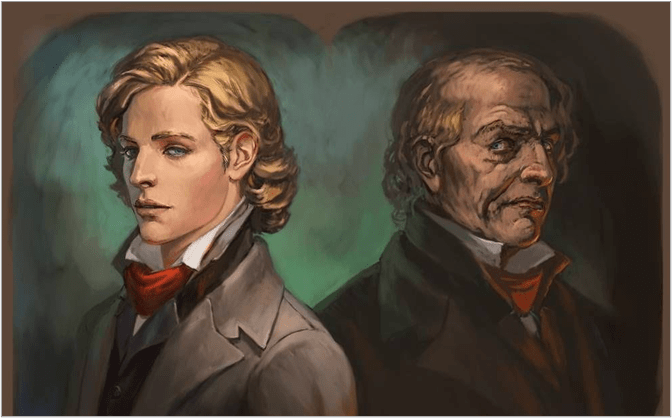By Priya T., 9th Grade
Most people spend their entire lives working to achieve something. They will spend every maddening minute striving for an end game - whether that be retiring, starting a family, or even just being a good person. And while many of these might seem like common goals, perhaps the most popular of all is the desire to be beautiful. But what exactly does it mean to be beautiful? At what point does beauty turn into an ugly addiction? And what can you do to save yourself from this epidemic?
I want you to think about a list of things you find very beautiful. Picture them in your mind, whether it be a loved one, a special place, or even a hot cup of coffee. Chances are, none of you listed yourselves. Since the Ancient era of Greeks, humans have struggled with an exaggerated worth of aesthetic appeal. Even now, it seems anyone that has access to the internet will be bombarded by images and ideas on what we should look like and how to achieve it. From a young age, we are programmed to think of ourselves not as beautiful people, but rather as a person striving for beauty, meant to spend endless hours hunting for our flaws.

However, where this mere obsession becomes a threat is depicted in the novel “The Picture of Dorian Gray” by Oscar Wilde. This Victorian literature tells the story of Dorian Gray, a wealthy young Englishman who prizes his looks and his youth above all else. Dorian, as described by his good friend Basil, is an impossibly beautiful young man. Basil is so fascinated by Dorian that he feels he must capture his beauty in his paintings. In fact, Dorian himself knows he is beautiful, and once he gets the taste of privilege he will do anything for more. Through the influence of whom Dorian surrounds himself with, he becomes captivated by the idea of the self and the immoral. He indulges in moral corruption, experiments with all the vices, and leads a life of excessive decadence. With each one of Dorian’s selfish acts, his portrait becomes more and more disfigured, or one might even say- less beautiful. In this example, the painting symbolizes Dorian’s inner self, which turns older and crueler as he becomes obsessed with his outer beauty. Dorian Gray’s fatal mistake is that -like many of us- he would rather be beautiful forever than to grow old and still be a good person.
Wilde’s writings uncover the immorality of self-absorption, which is an inevitable consequence of aestheticism. And while it may be easy to blame one’s narcissism, it is also necessary to look further beyond the surface. Nearing the end of the book, Dorian shows Basil the now-hideous portrait, and Basil, horrified, begs him to repent. Dorian claims it is too late for penance and kills Basil in a fit of rage. This tragedy indicates the demise of real beauty, ironically at the hands of Dorian, a supposed lover of beauty. We as the human race are obsessed with achieving beauty even though it is impossible. Maybe the reason we are constantly indulged in our own beauty is because we are trying to achieve something that cannot be achieved, thus creating a long and winding road to insanity. Like most people, Dorian’s flaw was not that he loved beauty, it was that he was willing to sacrifice his morals to become more beautiful even though such beauty could not exist in a world where perfect is simply unattainable.
So if perfect cannot be achieved, why do we still strive for it? Simple. We still believe in the idea that perfection will protect us from the struggles of life. Yet we struggle anyway. To be perfect is to live a life where our value is characterized not by how clear your skin is, or how straight your teeth are, but by how beautiful you love yourself and others.
**Image Credits:
- Painting of Oscar Wilde. Tom Byrne, "Oscar Wilde," 2023. Accessed via https://www.mutualart.com/Artwork/OSCAR-WILDE/EC050D43679B6710F9213DAD8F56DF47
- Painting of Dorian Gray. Tulsi Palmar. “The Instagram of Dorian Gray,” 2023. Accessed via https://tulsiparmar26.medium.com/the-instagram-of-dorian-gray-619d90a3e202



Add a comment to: The Picture of Dorian Gray: Our Obsession with Beauty